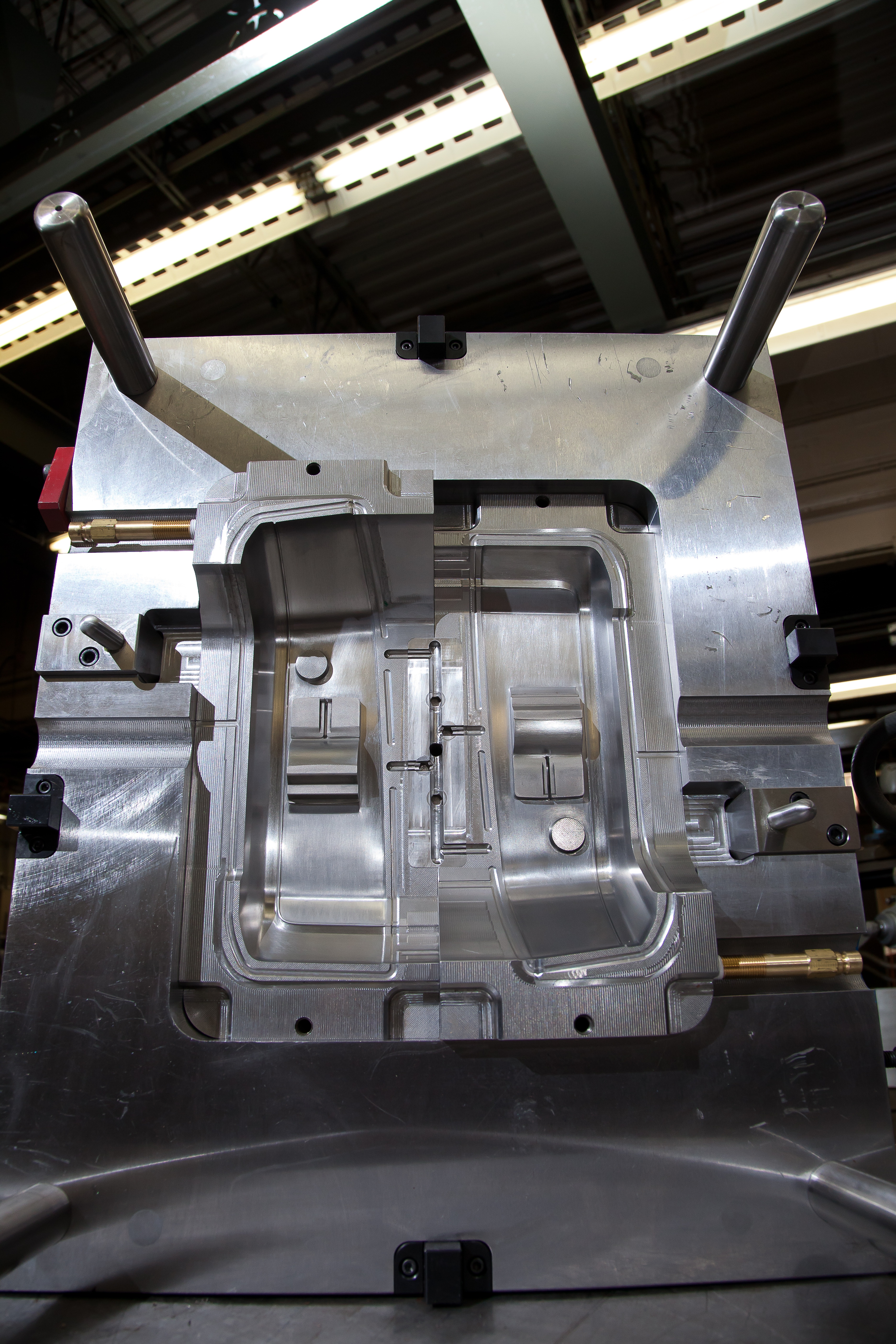 Since 3D printing is still a relatively new technology, there are a lot of myths associated with it. From the rumor that it would entirely replace traditional plastic injection molds to the exact opposite, that it is a technology that will disappear; there has been a lot of rumor and ideas published about 3D printing. Here are some of the biggest, comparing what you may have heard to what is (or is likely to be) the case.
Since 3D printing is still a relatively new technology, there are a lot of myths associated with it. From the rumor that it would entirely replace traditional plastic injection molds to the exact opposite, that it is a technology that will disappear; there has been a lot of rumor and ideas published about 3D printing. Here are some of the biggest, comparing what you may have heard to what is (or is likely to be) the case.
Myth or Fact? Plastic Injection Molds Will Be Thing of the Past
The truth is that no matter how good 3D printing of parts gets, it is highly unlikely that it will ever replace plastic injection molds. From the material required to make it to the way printing works, additive and subtractive molding are entirely different. They have their own strengths and weaknesses. 3D printing simply offers another way to create molds and parts. It will not fully replace existing methods.
Myth or Fact? It’s Just a Fad
Just because 3D printing isn’t going to replace plastic injection molds doesn’t mean that it doesn’t have its place. When you only need a few parts or require a part that is very simple in structure, 3D printing may be a better option. It is more cost effective and can save you time on everything you would need to do otherwise to produce a metal mold.
Myth or Fact? It’s Been Around Long Enough That It Won’t Change Much
It has been around for a while, long enough to show how much you can do with it, but 3D printing is by no means a done deal. It took decades to get conventional mold making into a smooth-running process. It is going to take time with technology changes before 3D printing is anywhere near as reliable and process-driven.
Myth or Fact? It’s a Growing Market
This is absolutely true. It is likely that many of the 2D print companies will expand and start to deliver their own version of 3D printers. More importantly, it is a job hunter’s market. There are far too few people with the necessary experience and knowledge for this new type of mold and manufacturing process. There is plenty of room for company growth, as well a growing job market.
Key Takeaways
- Similar to other technology growth curves, as the 3D printing technology improves and the capacity to manufacture parts increases, the costs for making 3D printed parts decreases.
- Both technologies are complementary and aren’t really competing. For example, a business may use 3D printing for rapid prototyping or for very low-volume production.
- Once the volume needs to increase and the company wants to put the part in production, then the switch to developing the injection mold to move to injection molding is required.
- The ability to produce just-in-time small quantity of parts, with quick turn-around, is where 3D printing shines.
- Compare that with the injection molding industry, used in the production of thousands of parts over long periods of time such as in the automotive industry.
Topics: Injection Mold Design

